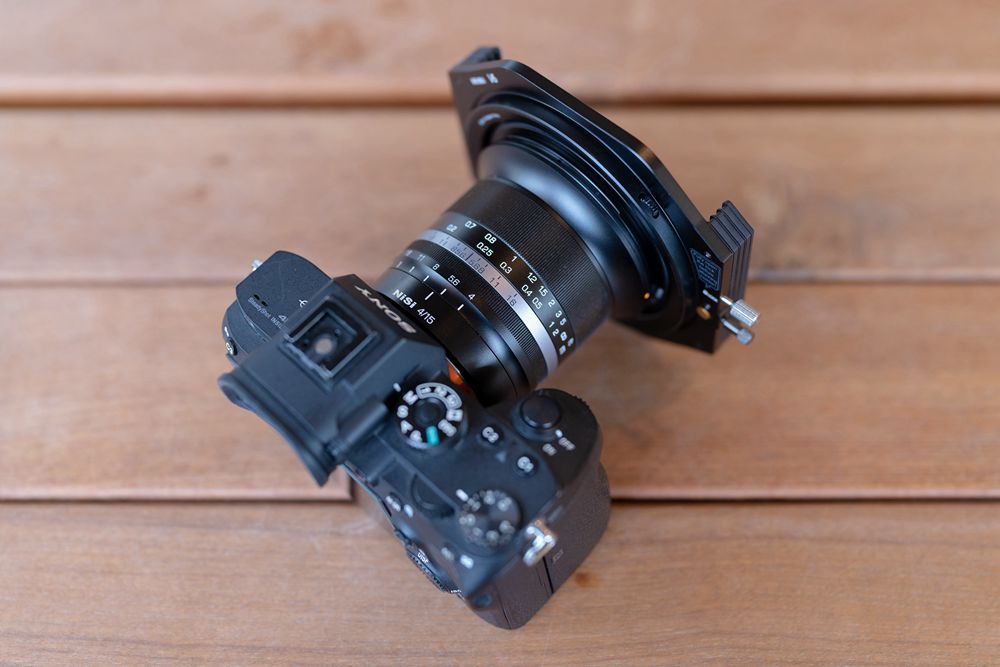
Using a wide-angle lens can give you striking results but beware of using it for every scene! I think of focal lengths in three broad categories. Wide angle lenses or short focal lengths (24mm or less) enhance the depth in an image by increasing apparent distance to subjects. Medium focal lengths such as the classic 50mm are best to shoot an image as the eye sees. Longer focal lengths compress the planes between subjects hence are great for emphasising scale. Here are some tips for using a wide-angle lens:
- Find a classic composition of strong foreground subject matter leading to a background of interest. Near objects can be exaggerated such that a simple pattern in rock the naked eye can be transformed into a mesmerising pattern when shot close to the lens.

@ REX Shot with NiSi 15mm F4
- Make sure your background is not ‘lost’ in the image. Because wide angled lenses enhance depth, background objects can become minimised or appear trivial if they are far away. Examples of this include hills and mountains which appear grand to the eye, but appear tiny in your image. You may need to shoot at a longer focal length if the background needs more emphasis.

@ WULIN Shot with NiSi 15mm F4
- Optimise your perspective. The height from which you shoot and the angle of your camera greatly influence the appearance of your image. If you are trying to demonstrate a flow from foreground to midground and background, a higher perspective may be needed. If there are scenes with uninteresting midgrounds and you wish to emphasise only foreground and background, shooting from a lower perspective can help. Having the camera at a neutral angle means that verticals in your image remain vertical. This is particularly important for architectural images or landscapes with vertical lines such as tall trees. Pointing the camera down will result in objects above the horizon ‘splaying’ and appearing stretched. This optical property can be used to enhance the appearance of distant mountains as an example.

@ Mark Galer Shot with NiSi 15mm F4
- Take care with filters. When using a circular polariser, plain skies can be your enemy with a wide-angle lens as the sky may appear banded. Adjust the polariser accordingly to avoid this. Make sure that if you are using filters (rectangular or screw on) that you obtain a kit that does not result in vignetting.

- Move around your foreground subject. When shooting with a wide angled lens, even the smallest motion toward a foreground subject can drastically change its appearance. A step left or a step right may also have similar effects. The best example utilising this phenomenon is style of landscape photography I like to call ‘extreme focus stacking’. By this I refer to images where small flowers such as daisies can dominate the foreground and appear huge as the lens is very close to the subject. Being this close to your subject comes at the price of needing to shoot multiple images focused on different segments of the image.

@ Albterto Ghizzi Panizza Shot with NiSi 15mm F4
New Wide-Angle Lens! NiSi 15mm F4 Hands-On Review
by Dylan Toh





